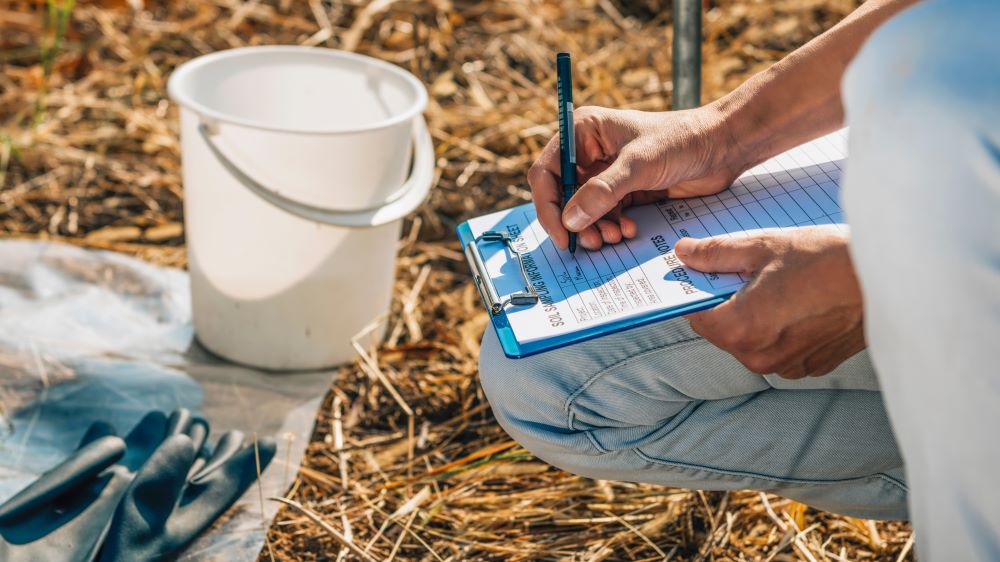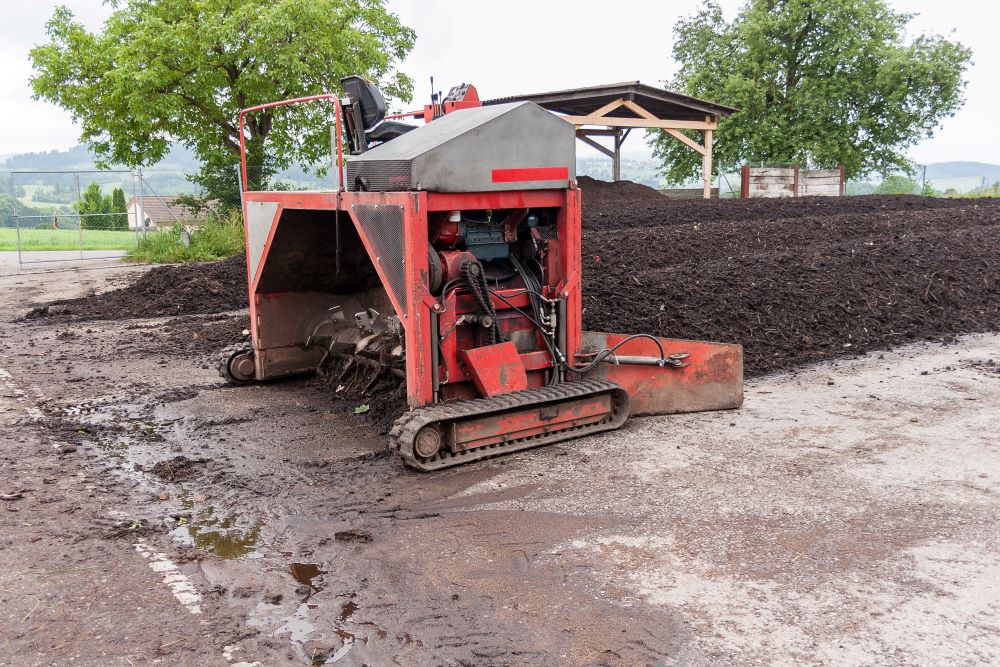Recent Posts
- Home
- Elevate Blog
- Ensuring the Success of Compostable Packaging
Ensuring the Success of Compostable Packaging
Posted on

PART 1: What Makes Compostability Certification Effective?
PART 2: Ensuring the Success of Compostable Packaging
Over one-third of all plastic produced is used for packaging, and most will end up in landfills. While compostable packaging offers a promising solution, the real challenge lies beyond just achieving certification. It's time for sustainable brand owners to take the lead.
Understanding the journey beyond certification is crucial. So, what happens after packaging is certified as compostable? It's not just about getting a certification; it's about making sure packaging breaks down in real-world composting environments.
We'll look at the current landscape of compostable packaging and how we're working to bridge the gap between consumers and composting.
The Rise of Compostable Packaging
The shift towards compostable packaging has been remarkable over the past two decades. As laws target plastics and news stories amplify the urgency, more brands are seeing the value in compostable solutions. It's a movement, and it's gaining speed.
This momentum shows no signs of slowing down. As major corporations set ambitious zero-waste and carbon reduction targets, and countries make firm commitments to reduce waste and address climate change, the demand for a greener future is clear.
For sustainable brands, adopting compostable packaging is more than a trend. It's a testament to their dedication to a sustainable future! By choosing compostable materials, brands send a clear message: they care about the planet and are taking tangible steps to reduce their environmental footprint.
Yet, the journey doesn't end once a product is packaged in compostable packaging. The real challenge lies in ensuring that the packaging, once used, is directed to the right composting facilities.

Key Challenges in the Composting Landscape
Compostability Certification
When a product is labeled " certified compostable," it has met rigorous testing criteria set by third-party organizations. In the U.S., compostable products are tested to ASTM D6400 standard. While the ASTM D6400 standard sets a benchmark, real-world conditions present unique challenges. Yet, with every challenge comes an opportunity to innovate and improve. Lab testing can't always replicate diverse real-world composting conditions, which highlights the need for field testing and real-world trials.
As we continue to prioritize eco-friendly practices, the need for stringent, reliable compostability certifications grows. From infrastructure gaps to contamination concerns, the path to effective composting isn't always straightforward.
Infrastructure Gap
Despite the rise in compostable packaging, there's a mismatch with the infrastructure needed to process it. Many areas lack adequate composting facilities or choose to not accept compostable packaging. The limited availability of compost bins for consumers further complicates proper disposal.
Read More: The Compost Movement is Growing!
Contamination Concerns
Unverified compostable packaging can pose challenges at facilities. If it doesn't compost quickly, isn't clearly labeled, or gets mixed with non-compostable waste, it can lower the quality of the final compost. Facilities face the challenge of producing high-quality compost free from contaminants.
Read More: What is Compost Contamination?
Legislative Hurdles
Some regions are hesitant about compostable products due to past problems. Changing established systems is challenging. As we move forward, clear definitions and robust standards will be crucial to guide all stakeholders.

The Importance of Field Testing
Lab tests provide a standardized environment to evaluate compostability, operating within strict parameters to ensure measurable and reproducible results. However, the real world is far more diverse, with a myriad of conditions that a lab can't always emulate. Field testing is crucial to understand how compostable packaging behaves in various environments and composting.
Field testing takes compostable products out of the lab and into actual composting scenarios. Depending on the region, these tests better reflect the unique climates, composting techniques, and other local variables of each compost facility.
These real-world trials not only confirm that compostable packaging breaks down as expected, but they also provide reassurance to composters. When composters know that a product has undergone testing and has consistently performed well under conditions similar to their own setups, they can trust that it will compost effectively in their own facility.
Bridging the Gap: Connecting Brands and Composters
The journey of compostable packaging doesn't end once it's used by consumers. Ensuring used compostable packaging reaches composters is vital for enriching our soil.
Programs, such as the Compost Stewardship Institute, are at the forefront of these efforts. They connect brands and composters, to ensure that compostable packaging is collected, delivered, and processed, maximizing its positive impact on the environment.
For composters, this collaboration means receiving a steady supply of verified compostable materials, which they can turn into high-quality compost. For brands, it's an opportunity to uphold their sustainability promises, ensuring their packaging doesn't end up in landfill.
Let’s Make Composting Mainstream!
Ask us how to get ALL your packaging composted.
Contact Us
The journey of compostable packaging is a testament to innovation, collaboration, and commitment. As we face challenges, our collective efforts pave the way for a brighter, more sustainable future. Together, we're not just reducing waste; we're nurturing the planet for generations to come.
While challenges like infrastructure gaps and legislative hurdles exist, the combined efforts of brands, composters, and consumers can drive change.
 Loading... Please wait...
Loading... Please wait...



